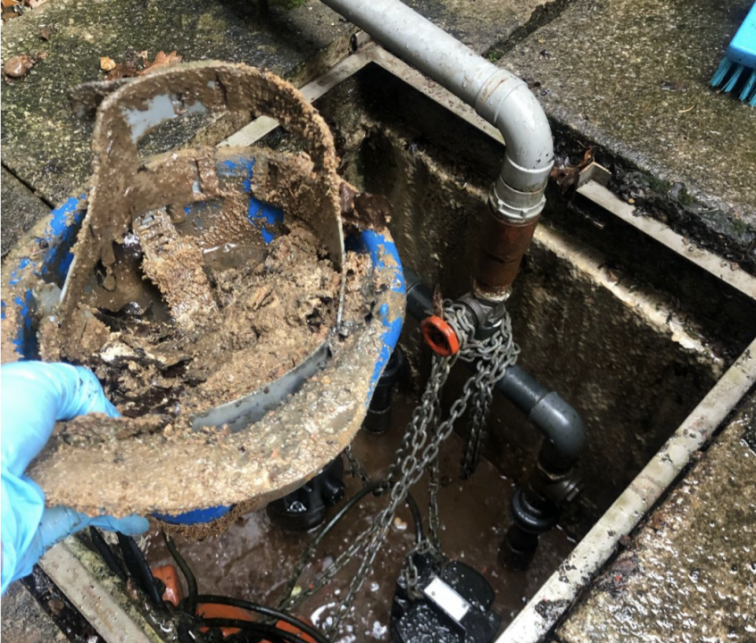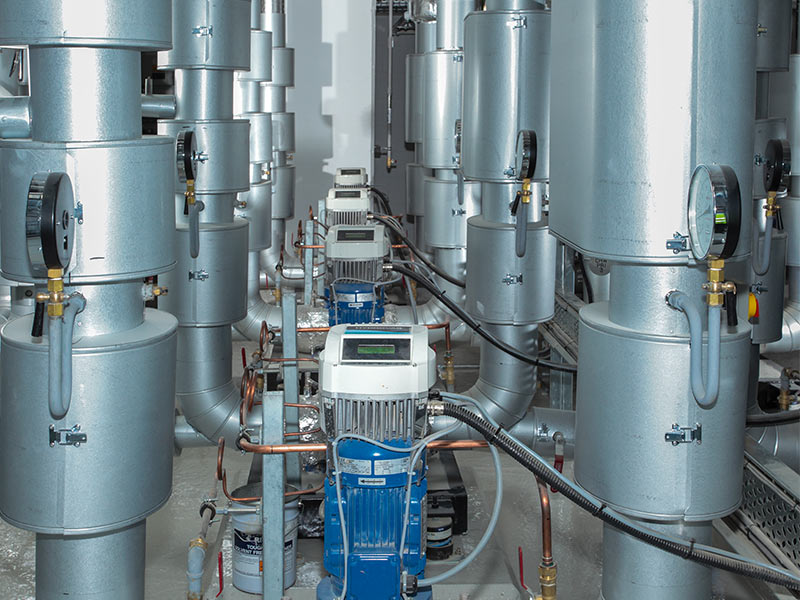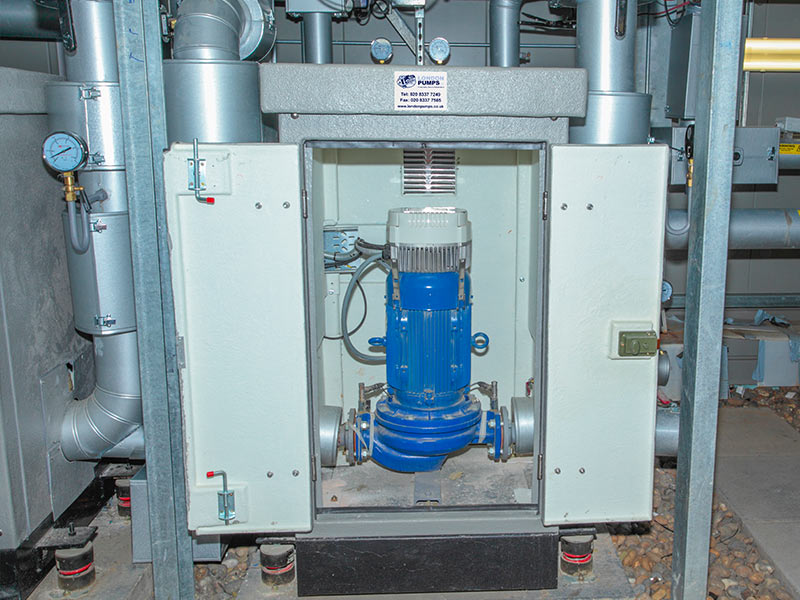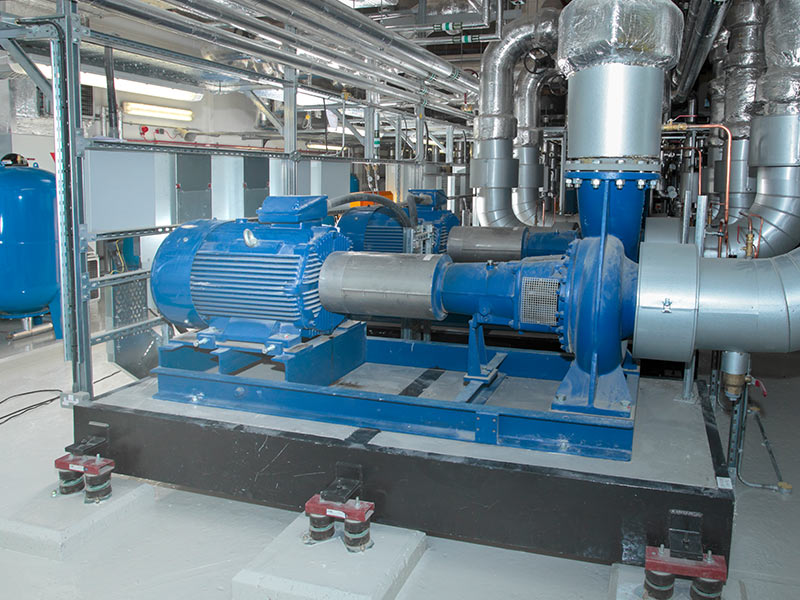Top 4 reasons sewage pump stations fail
Mon 21 Jun 2021

Our experience has highlighted the following as the top 4 reasons for failure.
1. Wet wipes , cloths, paper kitchen towels, sanitary products. These fibrous materials do not breakdown and mat together causing blockages either at the pump, the non return valves or in the rising main. Only the three P's should be flushed, that's Pee, Poo and Paper. Oh and by the way, so-called “flushable wipes” are not! Did you know that in the Thames Water region alone a massive 75,000 blockages are cleared each year! Here is a link to an interesting article on the subject.
2. FOG. Fat, oil and grease solidifies around floats causing control of pumps to be affected. It also combines with fibrous materials described above which greatly exacerbates the potential or blockages. Having a well maintained grease separator, particularly in commercial hot food service premises, is essential. British Water have published an excellent Code of Practice for the food service industry which can be downloaded here Code of Practice - Fats, Oils and Grease (FOG)
3. Incorrectly selected pumps. The are several key considerations when selecting a submersible pump for a pump station. Should it be a vortex or channel impeller? Does it need a macerator? But the key consideration is what velocity will the selected pump achieve in the rising main? The m/s is more important than the l/s! We would always advocate utilising an independent specialist pump company that can guide you to the correct pump selection.
4. Lack of maintenance. Regular planned preventative maintenance is the key to reliable pump station operation. Dealing with any faults promptly before catastrophic failure is always more cost effective and avoids inconvenient down time.
Amongst the key points checked at each service visit...
- Readings can be taken to monitor the motor winding condition. If it is spotted that the windings are starting to deteriorate a replacement pump can be ordered and labour scheduled before the pump actually fails.
- Oil can be checked for emulsification. This is a good indication that the outboard seal has failed. Again, a replacement seal can be ordered and labour scheduled. Failure to attend to this in a timely manner (i.e. before the inboard seal fails) could lead to the motor being burnt out and a much more expensive repair.
- The sump can be inspected for any sign of FOG or Fibrous Material as mentioned in items 1 and 2. If present a tanker / jetter can be arranged to remove and clean down the sump before the operation of the station is jeopardised.
For further information call 0800 331 7310 email service@pumpserv.co.uk or visit www.pumpserv.co.uk
Mark Sowden
Sales Manager (Waste Water Division) at PumpServ
(Originally published 23rd January 2021)



